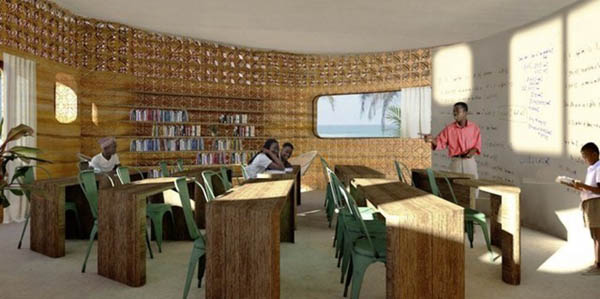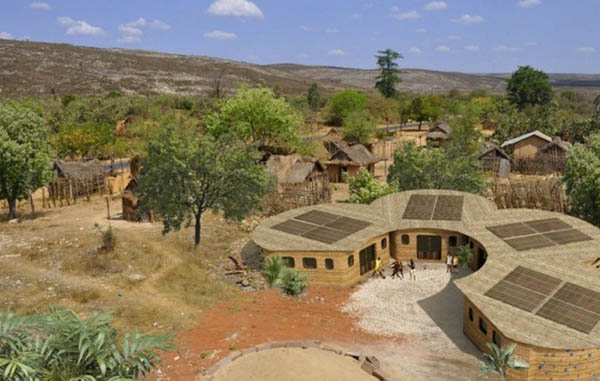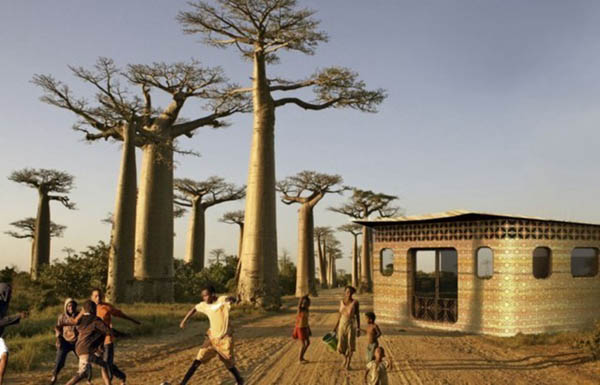Madagascar plans to build the world’s first 3D printing school

Over the past few years, 3D printed building technology has matured from a hobby novelty to being used to create everything from offices to affordable housing.Now there are plans to create the world’s first 3D printing school in Madagascar.
The 3D printing school is the product of a partnership between non-profit organisation Thinking Huts and architecture firm Studio Mortazavi, with expertise provided by Hyperion Robotics.It is scheduled to begin construction sometime this year, and Thinking Huts hopes to raise $350,000 to help make it happen.
If all goes well, the project will include a single-story building measuring about 1,700 square feet (157 square metres) with internal space for about 30 students.The building will have solar panels to generate electricity, a rainwater harvesting system and natural ventilation.The overall form of the building is conceived as a cabin, with the idea that more cabins can be added relatively easily if needed.
The building will be constructed using a method familiar from other 3D-printed building projects, which involves squeezing out a cement mixture of local sources and building it layer by layer until the basic structure is complete.A corrugated metal roof will then be added, along with other finishes such as doors and Windows, plus the installation of furniture inside.The printing process is expected to take around 22 days, which is faster than traditional construction techniques in the area, the team said.It added that it would also provide a structurally robust building with a space between the inner and outer walls for insulation.
“The 3D printing process will produce walls that are 27 times stronger than sun-dried clay bricks, 3.5 times stronger than kiln-fired clay bricks and twice as strong as standard concrete.This strength is more resistant to wall decay and structural failure than the use of clay bricks or even conventional concrete.This is the key to ensuring student safety and maximizing the life of the building.The school is a pilot project, and looking ahead, Thinking Huts hopes to expand the concept to other parts of Madagascar, and perhaps to more schools around the world.



